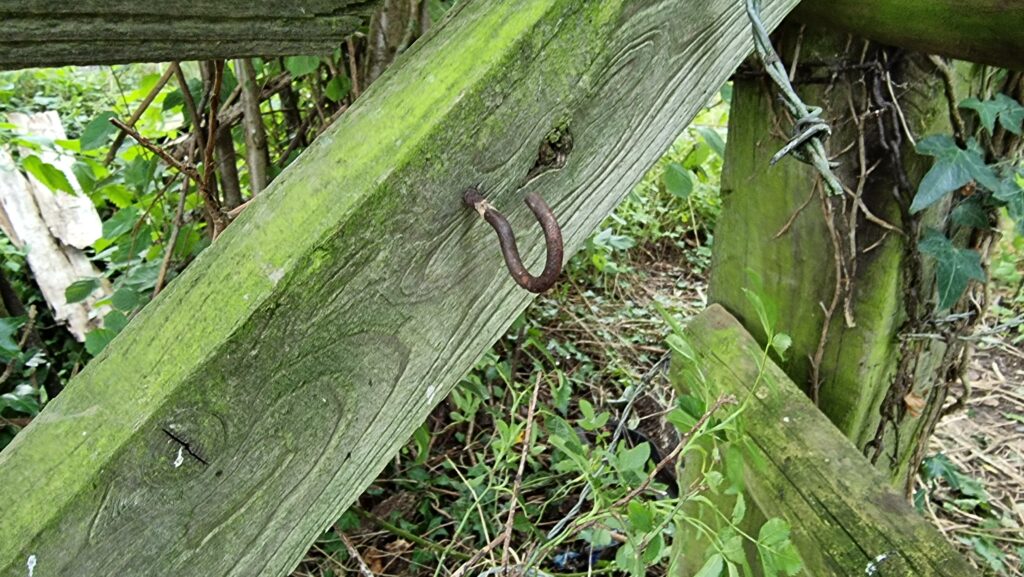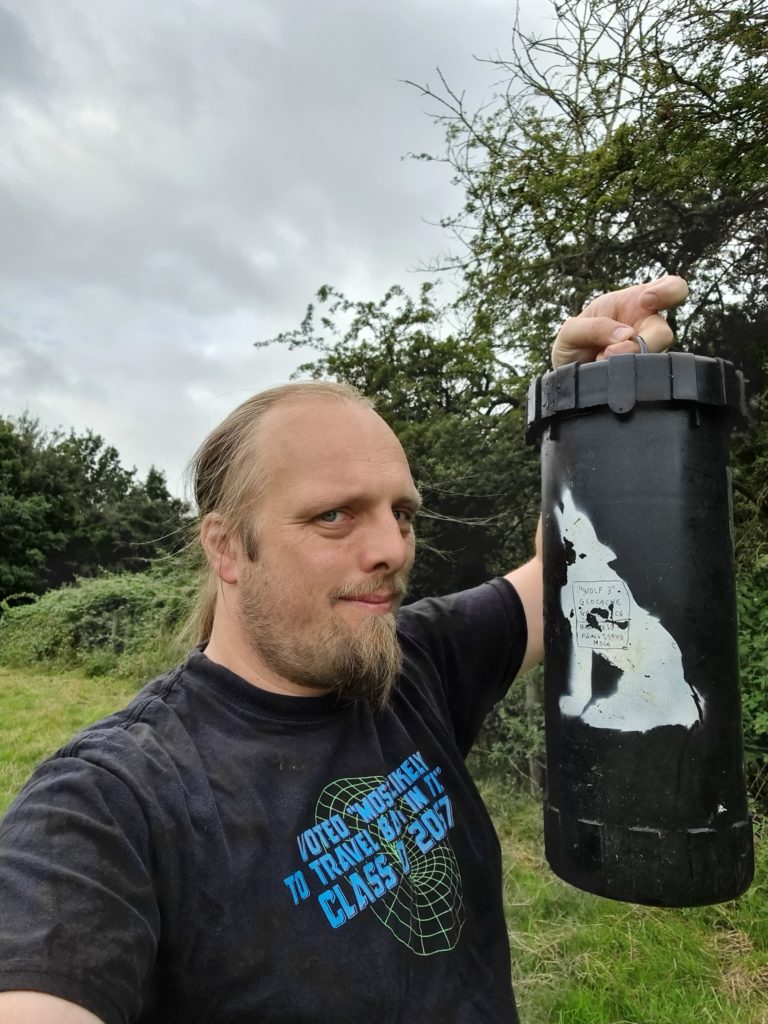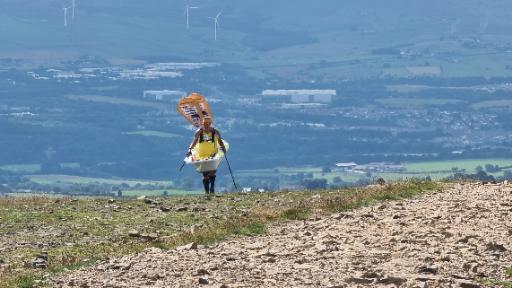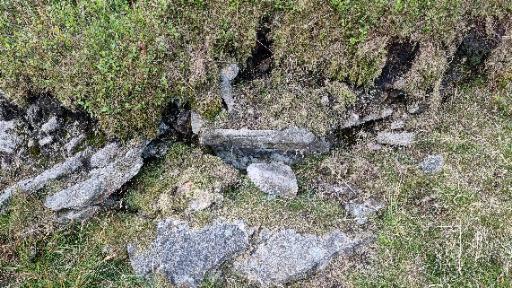This checkin to GC1HW0N Penhul Hyll reflects a geocaching.com log entry. See more of Dan's cache logs.
My partner fleeblewidget and I are celebrating 14 years together as a couple with a glamping holiday near Sawley and took the opportunity to
climb up Pendle Hill this morning. I’ve many fond memories of taking this route with my father, when he was alive, and it’s interesting to be able to see how, just on the timescales of
my own life, the shape of this hillside has changed owing to smaller landslides. Lower down, for example, human-caused erosion (picture attached) has damaged our destroyed paths I used
to take, and new fences encourage climbers onto alternative routes. We also observed evidence (picture attached) of an older landslide, with a cliff of relatively new earth exposed
where there clearly used to be a grassy/rocky slope.
Views were very good today and we could just about make out what we assume is the Ribble estuary in the distance from near the summit. A great and enjoyable expedition. Picture of the
two of us at the trig point attached. TFTC.









